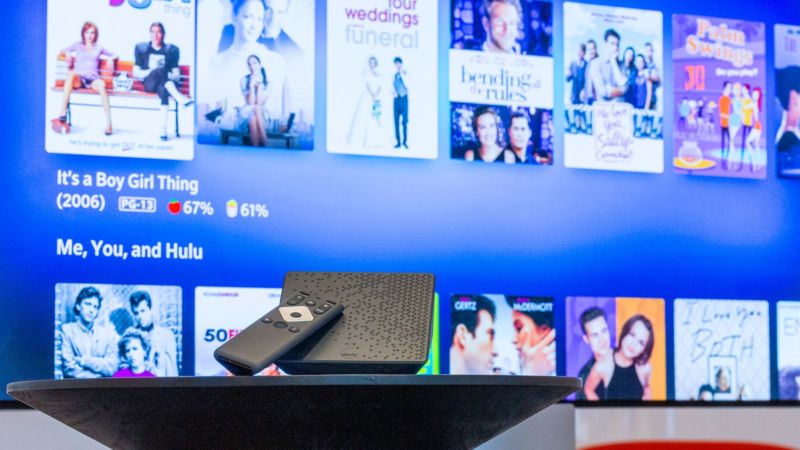Canela.TV Now Available on Comcast’s Xfinity X1 and Xfinity Flex | News
NEW YORK, Aug. 24, 2021 /PRNewswire-PRWeb/ — Canela.TV, one of the first AVOD streaming services for U.S. Hispanics, has officially launched its app on Comcast’s Xfinity X1 and Xfinity Flex.
Millions of X1 and Flex customers in the U.S. will now have access to Canela.TV’s spanish-language content which includes comedies, docuseries, novelas, cartoons, dramas and action films for children and adults.
“Comcast is a leader in streaming services with its Xfinity Flex and X1 platforms,” said Isabel Rafferty, CEO & founder of Canela Media. “Comcast customers will now have access to a variety of exciting content that represents the Hispanic culture and inspires a community connection. We are continually adding new content to Canela.TV which will bring Hispanic entertainment into every home.”
X1 and Flex customers can access the streaming service by saying “Canela.TV” into their Xfinity Voice Remote or find it within the app section of either platform.
Xfinity delivers the best entertainment to customers via its X1 and Flex devices. X1 provides the most comprehensive library of entertainment on one platform with thousands of choices — aggregating live TV, on demand, and popular streaming apps from a growing collection of networks and streaming services. Xfinity Flex is a 4K streaming device included with Xfinity Internet that extends the best features of X1 to customers who prefer a broadband and streaming-only experience. It gives them one integrated guide to access all of their favorite streaming video and music apps, as well as a TV interface to manage their Xfinity WiFi, mobile, security and automation services — all of which are controllable with the award-winning Xfinity Voice Remote.
Canela.TV is the popular video platform from Canela Media, an industry-leading female and Latina-owned digital media company. Some of the content available on Canela.TV includes a spanish-language daily newscast (Canela News), Romance entertainment from Cine Romantico, and much more.
For additional information on Canela.TV please visit: https://www.canela.tv/
About Canela Media
Canela Media is a leading digital media tech company offering brands a complete ecosystem to…


